Your One-Stop Shop for Everyday Essentials & Unique Finds
Heated Gloves for Winter Photography: Staying Warm While Getting the Shot
Winter photography is awesome, but let's be real, numb fingers can totally ruin a good shoot. Trying to mess with camera settings when your hands are freezing solid? Not fun. That's where heated gloves for winter photography come in. They're a real game-changer, keeping you warm so you can actually focus on getting those epic shots without feeling like your hands are going to fall off.
Key Takeaways
- Heated gloves keep your hands comfy, so you can shoot longer in the cold.
- You'll have way better control over your camera with warm, working fingers.
- Picking the right heated gloves means thinking about your shooting style and where you'll be.
- Look for gloves that last, can handle bad weather, and let you use touchscreens easily.
- Beyond gloves, remember to protect your gear and keep your whole self warm when out shooting.
Why Heated Gloves Are a Game Changer

Let's be real, winter photography is awesome, but it can also be a real pain, literally. Cold hands are the enemy of good photos. That's where heated gloves come in, and trust me, they're a total game-changer. They're not just a luxury; they're a necessity if you want to keep shooting when the temperature drops.
Say Goodbye to Frozen Fingers
Nobody likes numb fingers, especially when you're trying to adjust settings or press a tiny button on your camera. Heated gloves keep your hands toasty warm, even in the most brutal conditions. This means you can focus on getting the shot instead of constantly trying to warm up your hands. It's like having a personal hand warmer built right into your gear. No more stuffing your hands in your pockets every five minutes or doing that awkward hand-flapping dance to get the blood flowing. You'll be able to stay out longer and enjoy the process way more.
Maintain Full Camera Control
Ever tried to operate a camera with bulky, unheated gloves? It's a nightmare. You lose all dexterity, and suddenly, simple tasks become impossible. Heated gloves are designed to be warm without being overly cumbersome. Many models offer features that let you manipulate your camera's dials and buttons with ease. Some even have special fingertips for touchscreen compatibility, which is super handy for modern cameras and smartphones. This means you won't miss a beat, or a shot, because your gloves are getting in the way. You'll have the precision you need to nail those tricky compositions.
Capture Every Perfect Moment
When your hands are warm and comfortable, you're more likely to stay out longer and wait for that perfect light or unique wildlife moment. Think about it: if you're shivering and miserable, you're probably going to pack up early. But with heated gloves, you can endure the cold and be ready when opportunity strikes. This means more keepers in your portfolio and fewer missed chances. It's all about maximizing your time in the field and making sure you're prepared for anything Mother Nature throws at you. The ability to adjust temperature easily means you're always comfortable, no matter how long you're out there.
It's amazing how much a simple thing like warm hands can impact your entire photography experience. When you're not fighting the cold, your creativity can really flow. You'll find yourself more patient, more focused, and ultimately, taking better pictures. It's a small investment that pays off big time in comfort and photographic success.
Finding Your Perfect Pair of Heated Gloves
Choosing the right heated gloves can feel like a quest, but it's totally worth it for those chilly photography sessions. Think about what you really need them for, and you'll find a pair that feels just right.
Considering Your Photography Style
Your photography style plays a big role in what kind of gloves you'll want. Are you mostly doing landscape shots where you're standing still for long periods, or are you more into action photography, constantly adjusting settings and moving around? If you're a landscape photographer, you might prioritize maximum warmth and battery life, even if it means a slightly bulkier glove. For action photographers, dexterity is key. You'll want gloves that let you feel your camera controls without fumbling. Some gloves even have magnetic flip-back finger and thumb covers, which are super handy for quick adjustments without taking the whole glove off. It's all about finding that sweet spot between warmth and usability.
Matching Gloves to Your Climate
Where you shoot makes a huge difference. Someone shooting in snowy mountains needs a different glove than someone in a mildly cold city. Always consider the lowest temperatures you expect to encounter.
- Mild Cold (above 30°F / -1°C): Lighter, more flexible gloves with good touchscreen compatibility are probably enough. Think about gloves with a thinner insulation layer.
- Moderate Cold (15-30°F / -9 to -1°C): You'll want more insulation and a reliable heating system. Look for gloves with a good balance of warmth and still decent dexterity.
- Extreme Cold (below 15°F / -9°C): This is where you need serious warmth. Look for gloves with high-power heating elements, thick insulation, and perhaps even a mitt design for ultimate warmth. Layering with thin liners can also be a game-changer here.
It's easy to get caught up in all the features, but remember that the best glove for you is the one that keeps your hands comfortable and lets you do your thing with the camera. Don't overthink it too much; just pick what feels right for your typical shooting conditions.
Exploring Different Heating Technologies
Heated gloves aren't all the same when it comes to how they generate heat. Knowing the differences can help you pick the best option.
- Battery-Powered: These are the most common. They use rechargeable batteries to power heating elements, usually wires, woven into the glove fabric. The battery life varies, so check the specs. Some have multiple heat settings, which is great for adapting to changing temperatures.
- Chemical Hand Warmers: Some gloves have pockets designed to hold disposable chemical hand warmers. These are a good backup or for occasional use, but they aren't as consistent or long-lasting as battery-powered options. They're also a one-time use deal.
- Self-Heating Materials: A few gloves use special materials that retain body heat or generate a small amount of warmth through friction. These are usually less powerful than electric heating but can be a nice addition for mild conditions or as a liner.
When you're looking at different gloves, pay attention to the glove sizing guide to make sure you get a good fit. A well-fitting glove will keep your hands warmer and give you better control over your camera.
Top Features to Look For in Heated Gloves
When you're looking for heated gloves, it's not just about how warm they get. There are a bunch of other things that really make a difference, especially when you're out there trying to get that perfect shot. You want gloves that work with you, not against you, right?
Battery Life and Portability
Nobody wants their gloves to die in the middle of a shoot, especially when it's freezing out. Long-lasting battery life is super important for heated gloves, so you can stay out there as long as you need to. Think about how many hours you typically spend outside taking pictures. You'll want gloves that can keep up. Also, consider how easy it is to charge them up. Some gloves have removable batteries, which is pretty handy because you can swap them out if you have spares. And portability? You don't want bulky gloves that are a pain to carry around when they're not on your hands. Look for designs that are relatively compact and easy to pack.
- Battery Type: Lithium-ion is common and usually good.
- Charging Time: Faster is always better.
- Weight: Lighter gloves are less tiring to wear for long periods.
It's a real bummer when your gear gives up before you do. Making sure your heated gloves have enough juice to last through your whole photography adventure means you can focus on capturing those amazing moments instead of worrying about cold hands.
Durability and Weather Resistance
Photography often takes you to some wild places, and your gear needs to be tough enough to handle it. Your gloves are no exception. They're going to get bumped, scraped, and probably wet. Look for materials that can take a beating, like reinforced palms or tough outer shells. Weather resistance is also a big deal. You'll want gloves that can stand up to snow, sleet, and wind. Nobody wants soggy gloves that stop working because a little moisture got in. Check for things like waterproof membranes or water-resistant coatings. A good pair of gloves will protect your hands and keep working, no matter what the weather throws at you.
Touchscreen Compatibility and Dexterity
This is where things get a little tricky for photographers. You need to be able to use your camera, and that often means touching screens and fiddling with small buttons. Some heated gloves have special conductive material on the fingertips, so you can use your phone or camera touchscreen without taking them off. This is a huge plus. But it's not just about touchscreens; it's also about how well you can move your fingers. You need enough dexterity to adjust settings, change lenses, and press the shutter button without feeling like you're wearing oven mitts. Some gloves are designed with pre-curved fingers or a more ergonomic fit to help with this. Others might have a flip-back design for the fingers or thumb, which lets you expose your digits for fine-tuning while keeping the rest of your hand warm. It's a balance between warmth and being able to actually do stuff with your hands.
| Feature | Importance for Photographers |
|---|---|
| Touchscreen Fingers | High |
| Pre-curved Design | Medium |
| Flip-back Finger/Thumb | High |
| Grip Material | High |
Getting the Most Out of Your Heated Gloves
Proper Care and Maintenance Tips
Taking good care of your heated gloves is super important if you want them to last a long time and keep you toasty. Think of them like any other piece of gear you rely on; a little TLC goes a long way. Always follow the manufacturer's instructions for cleaning and charging. Don't just toss them in the washing machine with your regular laundry unless the tag specifically says you can. Most heated gloves need a gentle hand wash or spot cleaning to protect the heating elements and wiring. When you're done using them, make sure they're completely dry before storing them away. Leaving them damp can lead to funky smells or even damage the internal components. And speaking of storage, keep them in a cool, dry place, away from direct sunlight or extreme temperatures. This helps preserve the battery life and the integrity of the materials. Also, try to avoid sharp objects that could puncture the fabric or heating wires. A little bit of care now means many more warm photography sessions later!
Layering for Optimal Warmth
Layering isn't just for your body; it's a smart move for your hands too, even with heated gloves. Think of your heated gloves as your outer layer of warmth, but what you put underneath them can make a big difference. A thin, moisture-wicking liner glove can be a game-changer. These liners help pull sweat away from your skin, keeping your hands dry and preventing that clammy feeling that can make you feel colder. Plus, they add an extra layer of insulation without a lot of bulk. For example, merino wool gloves are fantastic for this. They're thin enough to maintain dexterity but provide surprising warmth. On really frigid days, this combination of a liner and your heated gloves will create a super-efficient warmth system, trapping heat and keeping the cold out. It's all about creating a microclimate around your hands that stays consistently warm and dry.
Layering effectively means you're not just relying on the heated elements to do all the work. You're building a system that maximizes warmth retention and comfort, allowing you to stay out longer and focus on capturing those amazing winter scenes without constantly thinking about cold hands.
Smart Strategies for Cold Weather Shoots
When you're out in the cold, every little bit of warmth helps, and how you use your heated gloves can make a big difference. Don't wait until your hands are already freezing to turn them on. It's much easier to maintain warmth than to regain it. So, switch them on before you even start to feel a chill. Also, consider using the lower heat settings for longer periods rather than blasting them on high for short bursts. This can help conserve battery life and provide a more consistent, comfortable warmth. When you're not actively shooting, tuck your hands into your pockets or even inside your jacket for extra insulation. This helps trap the heat from your gloves and keeps your hands extra cozy. And remember, your hands are part of your whole body's temperature regulation. If your core is cold, your hands will struggle to stay warm, even with heated gloves. So, dress warmly from head to toe! Staying hydrated and fueled with warm drinks and snacks can also contribute to your overall body temperature, which in turn helps your hands stay warm. It's all about a holistic approach to staying comfortable in the cold.
Beyond the Gloves: Other Winter Photography Essentials
Heated gloves are awesome, but they're just one piece of the puzzle when you're out there chasing those epic winter shots. To really nail it and stay comfy, you gotta think about the whole picture. It's all about being prepared for whatever the cold throws at you.
Protecting Your Camera Gear from the Cold
Your camera is a sensitive piece of equipment, and cold weather can really mess with it. Condensation is your biggest enemy when moving from cold to warm environments. When you bring your camera inside after being out in the freezing air, moisture can form on and inside it, which is a big no-no. To avoid this, try to let your gear adjust gradually. A good trick is to put your camera in a sealed plastic bag before you come inside. This way, any condensation forms on the bag, not your camera. Also, keep spare batteries warm, maybe in an inside pocket, because cold saps battery life super fast. A rain cover or even a simple plastic bag can also protect your camera from snow and ice while you're shooting.
Keeping Yourself Warm Head to Toe
Staying warm isn't just about your hands; it's about your whole body. If your core temperature drops, your hands and feet will be the first to feel it, even with the best heated gloves. Layering is key here. Think about a good base layer that wicks away moisture, a mid-layer for insulation, and a waterproof/windproof outer shell. Don't forget your head and feet! A warm hat that covers your ears is a must, and insulated, waterproof boots with thick wool socks will make a huge difference. Trust me, cold feet can ruin a shoot faster than anything.
It's easy to get caught up in the moment when you're trying to get the perfect shot, but don't forget to check in with yourself. If you're starting to shiver or feel numb, it's time to take a break and warm up. Pushing through discomfort can lead to bigger problems, and no photo is worth risking your health.
Snacks and Hydration for Cold Adventures
When it's cold, your body works harder to stay warm, burning more calories. So, you need to fuel up! Pack high-energy snacks that are easy to eat with gloves on, like granola bars, nuts, or dried fruit. Hot drinks are also a lifesaver. A thermos of hot tea, coffee, or even just hot water can warm you from the inside out and keep you hydrated. It's easy to forget to drink water when it's cold because you don't feel as thirsty, but dehydration can sneak up on you and make you feel even colder and more tired. So, sip often!
Here's a quick list of essential winter photography gear beyond gloves:
- Insulated, waterproof boots
- Wool socks (multiple pairs)
- Warm hat and neck gaiter
- Layered clothing (base, mid, outer)
- Thermos with hot beverage
- High-energy snacks
- Camera rain cover/plastic bag
- Extra camera batteries (kept warm)
Wrapping It Up: Stay Warm, Shoot More!
So, there you have it! Getting out there to shoot in the cold doesn't have to mean numb fingers and missed shots. With the right heated gloves, you can keep your hands comfy and focus on what really matters: getting those awesome winter photos. It's all about finding what works for you and your camera. Don't let a little chill stop you from capturing some truly amazing moments. Go on, get out there and make some magic happen!
Frequently Asked Questions
What exactly are heated gloves?
Heated gloves are special gloves that have tiny heating elements inside them. They're powered by small batteries, which keep your hands and fingers warm, even in very cold weather. This is super helpful for photographers who need to keep their hands ready to use their cameras.
Why are heated gloves important for photographers?
You need heated gloves because cold fingers make it really hard to press camera buttons, change settings, or even hold your camera steady. When your hands are warm, you can work much better and get those perfect shots without struggling with numb fingers.
How long do the batteries in heated gloves usually last?
Most heated gloves have batteries that can last anywhere from 2 to 8 hours, depending on how high you set the heat. If you're going to be out for a long time, it's a good idea to bring extra batteries or a portable charger.
Can I use my camera's touchscreen with heated gloves on?
Yes, many heated gloves are made with special material on the fingertips that lets you use touchscreens without taking your gloves off. This is great for cameras with touch displays or for using your phone.
How do I take care of my heated gloves?
To keep your heated gloves working well, make sure to charge the batteries fully after each use. Store them in a cool, dry place. Also, check the care instructions, as some can be hand-washed while others need special cleaning.
Are heated gloves worth the money for winter photography?
Heated gloves are a good investment if you often shoot in cold weather. They help you stay comfortable, which means you can focus on your photography instead of how cold your hands are. This can lead to better pictures and a more enjoyable experience.

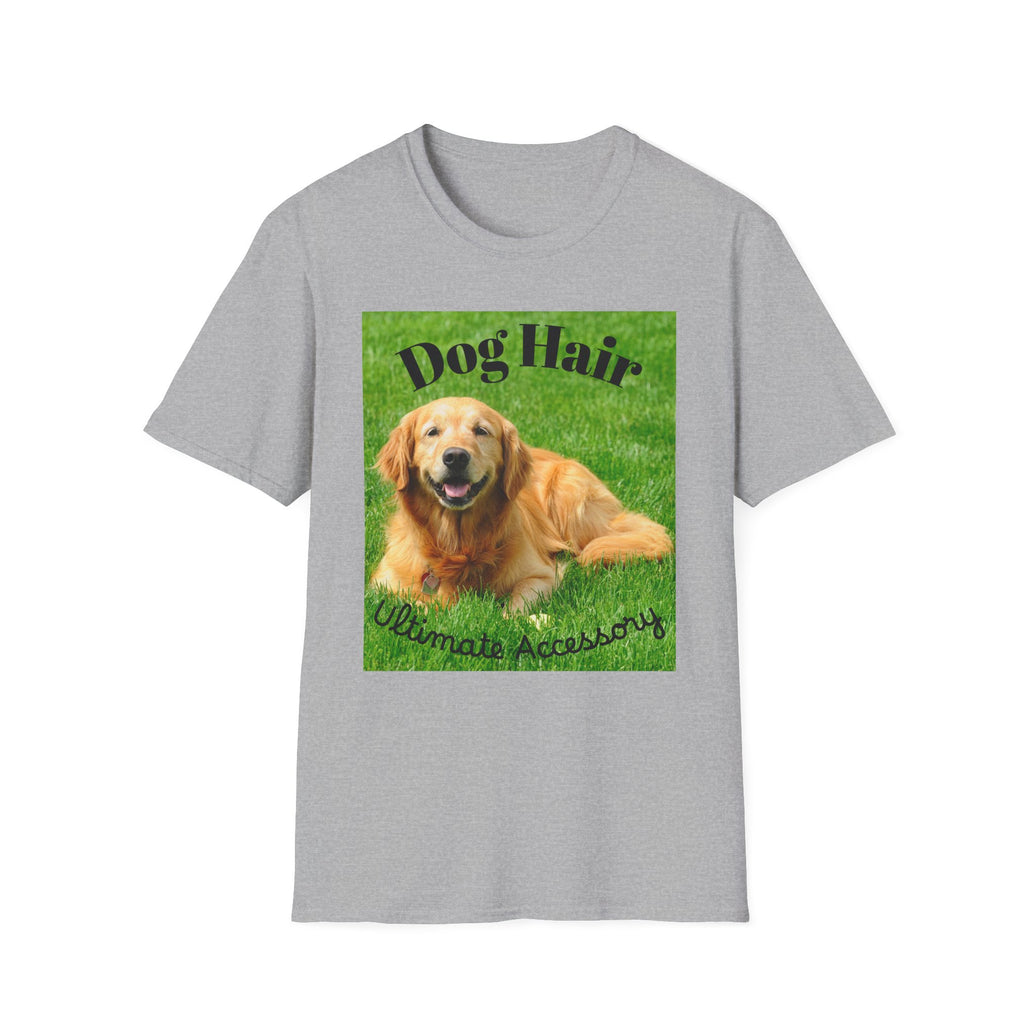
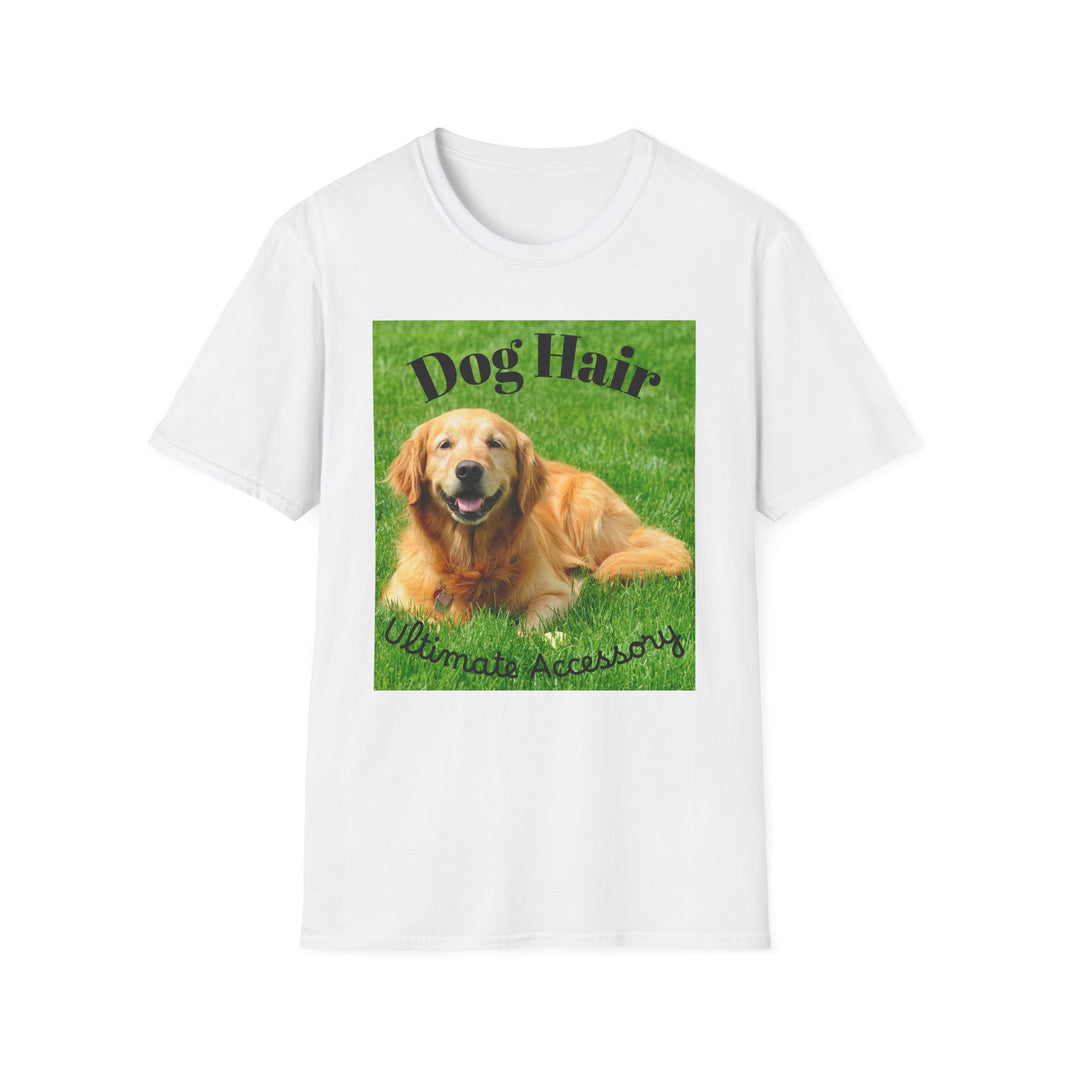
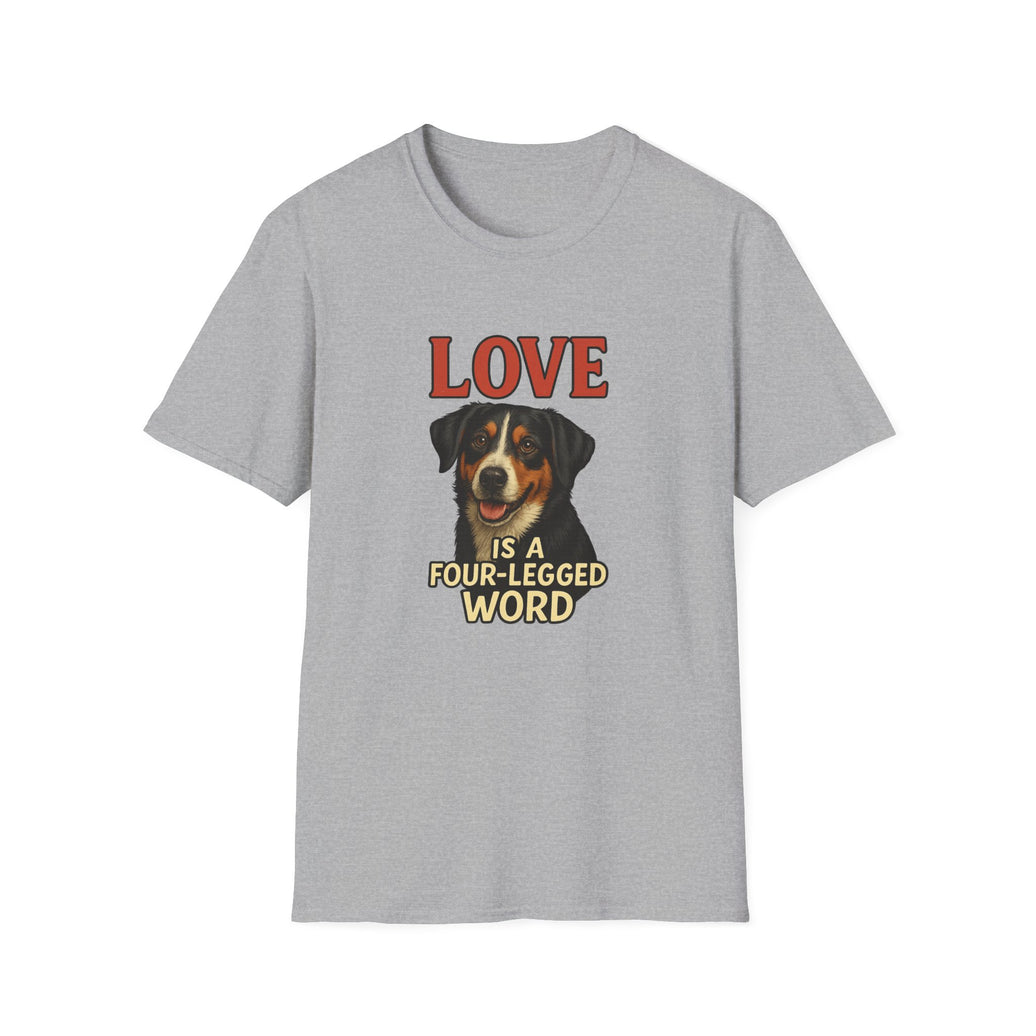
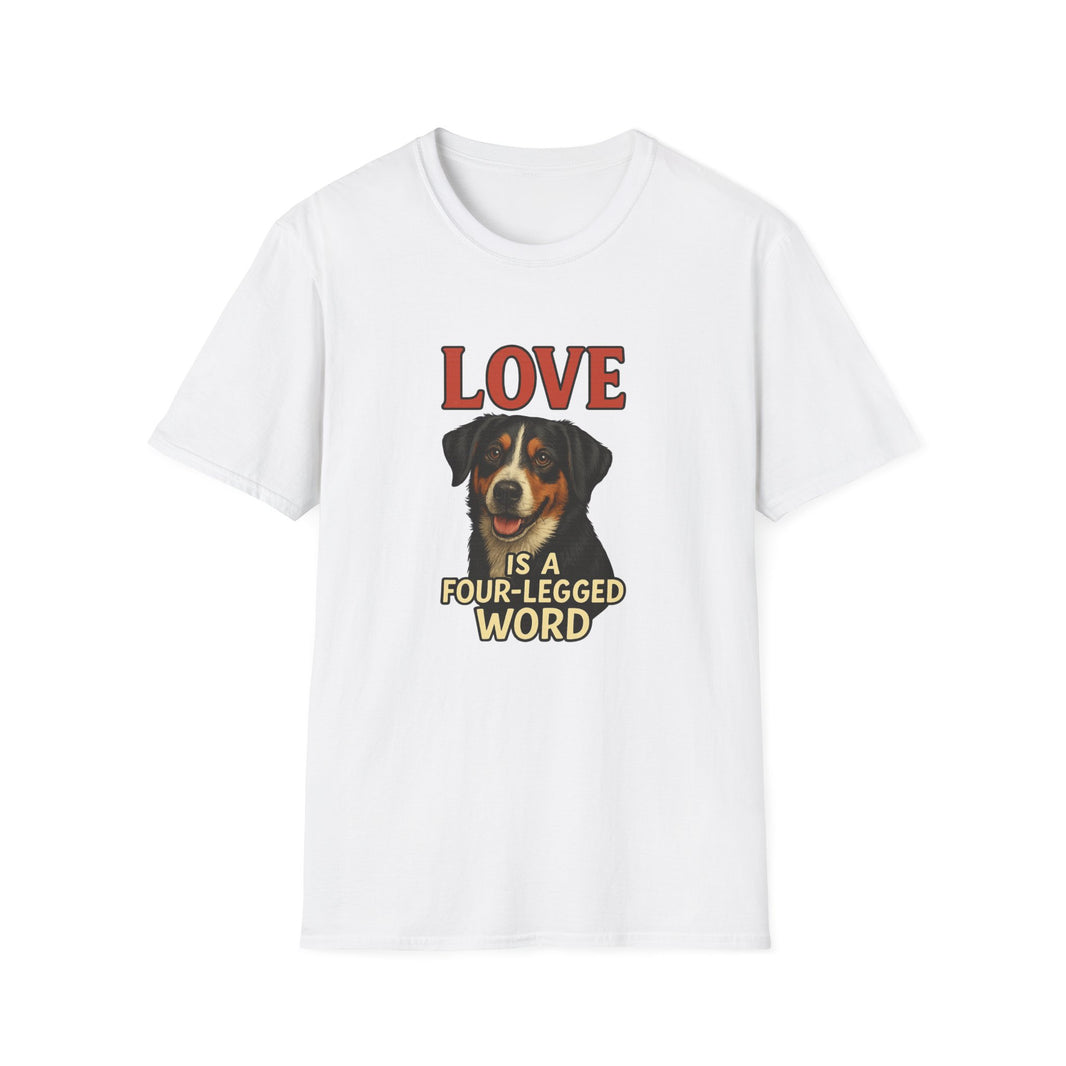

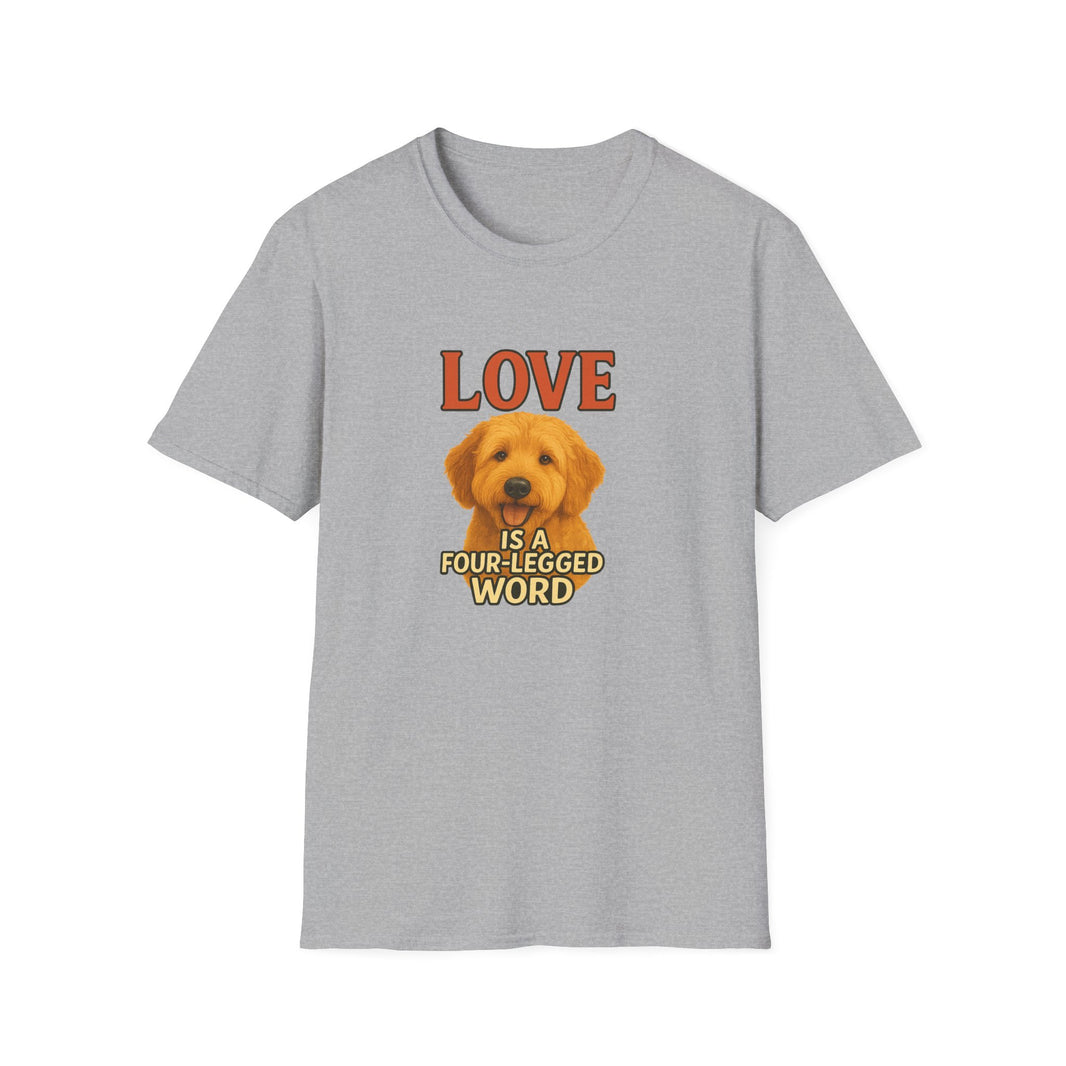



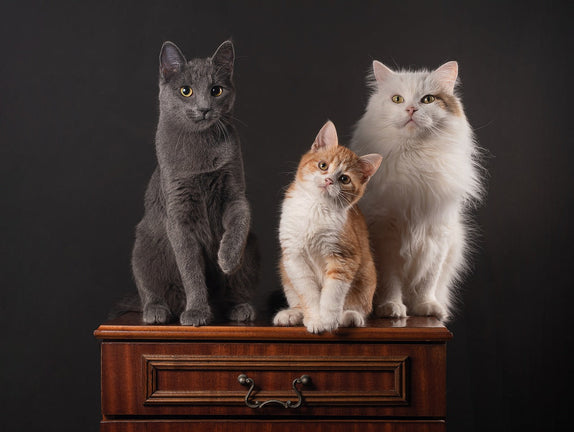
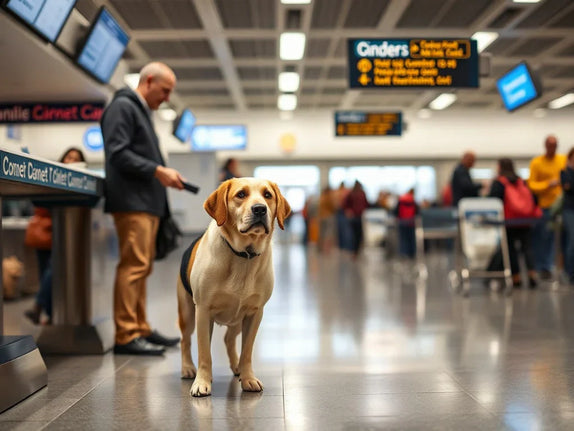
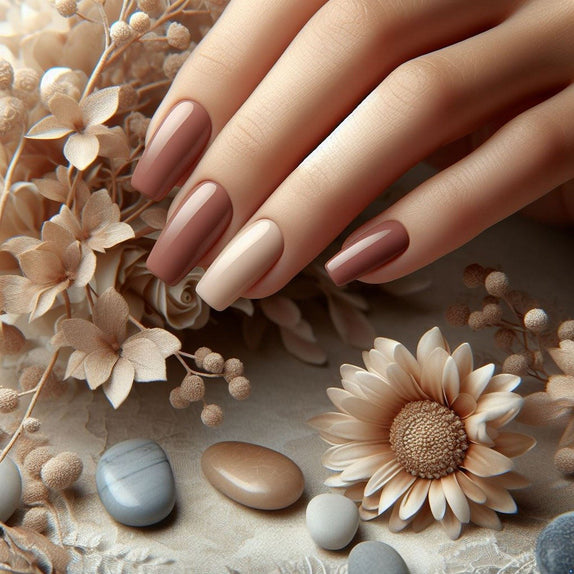
Leave a comment